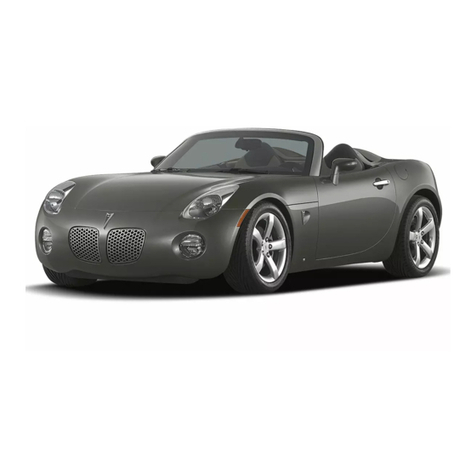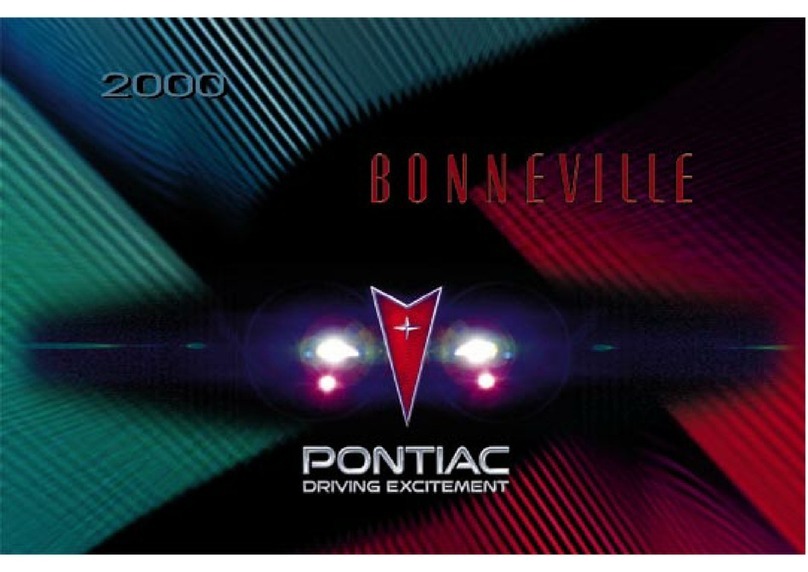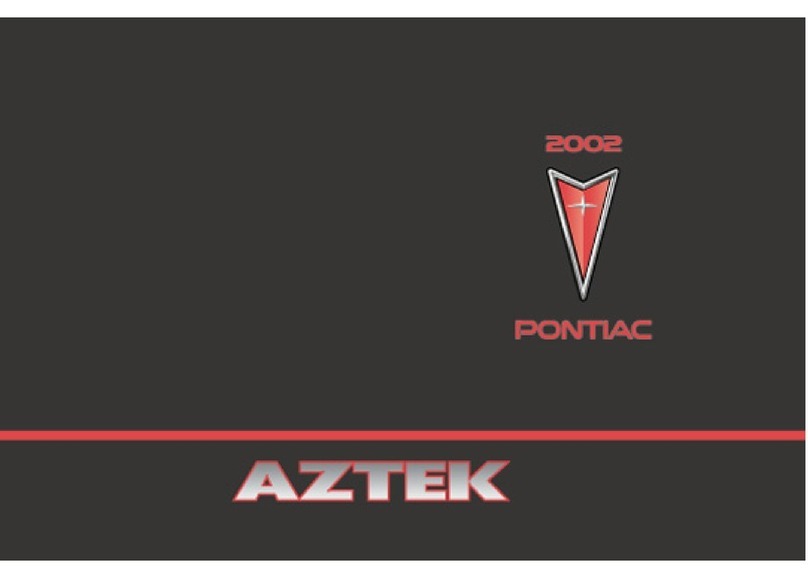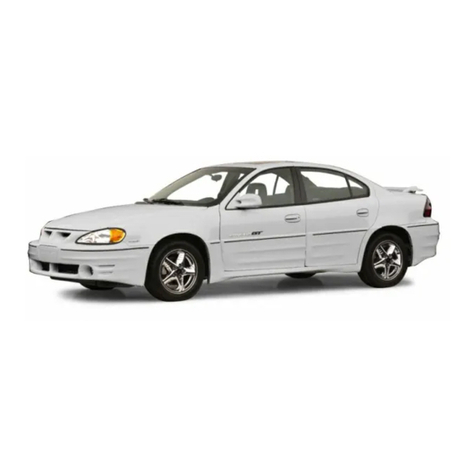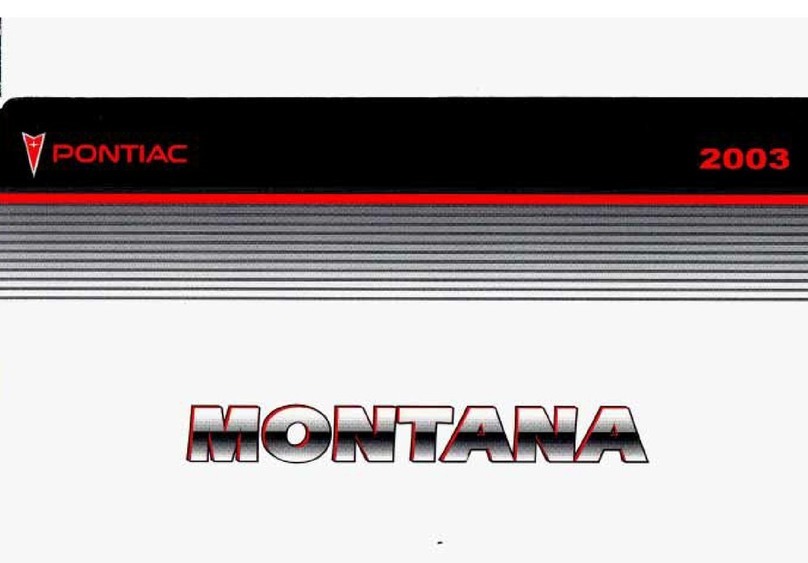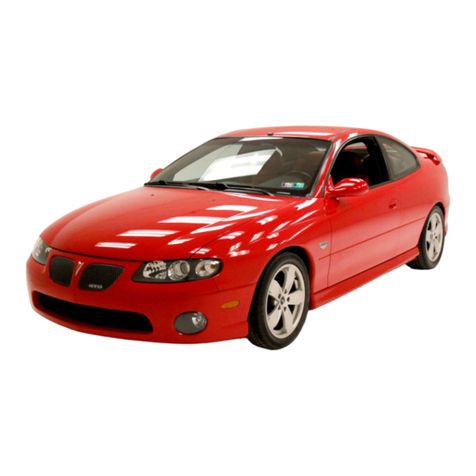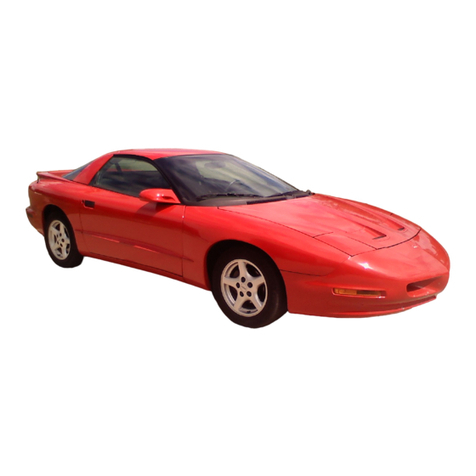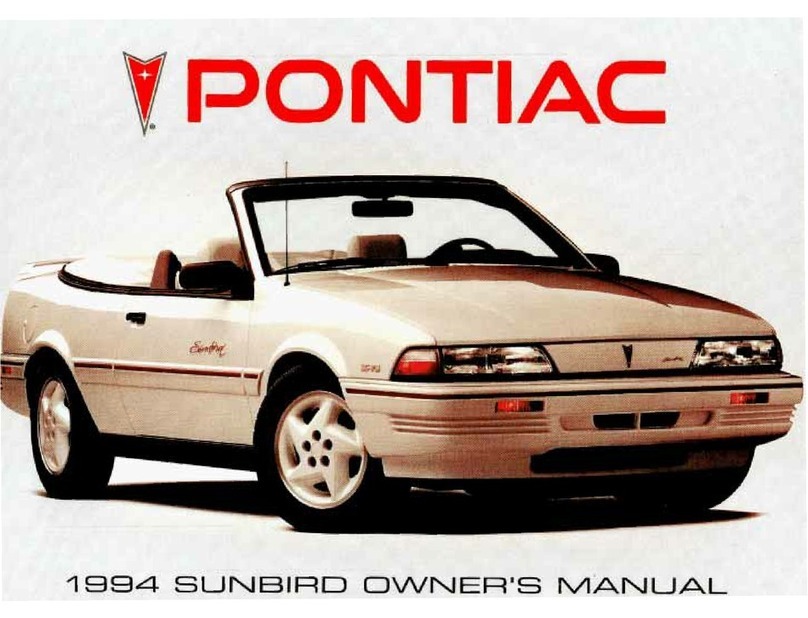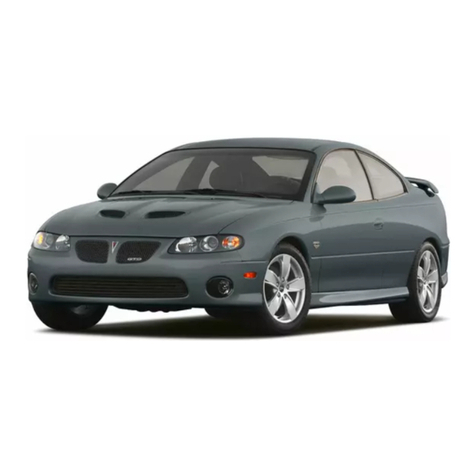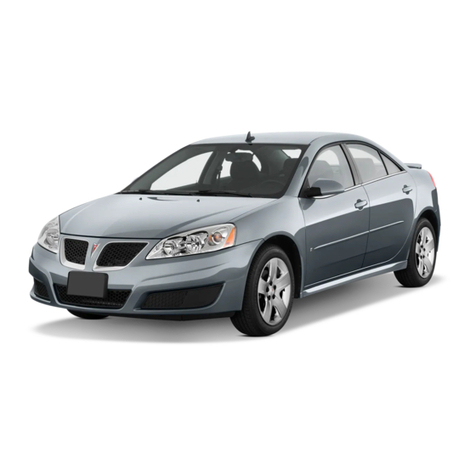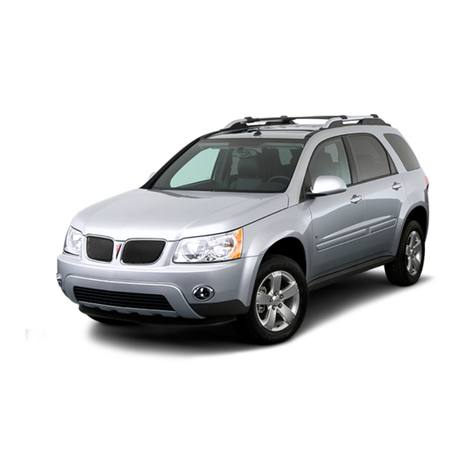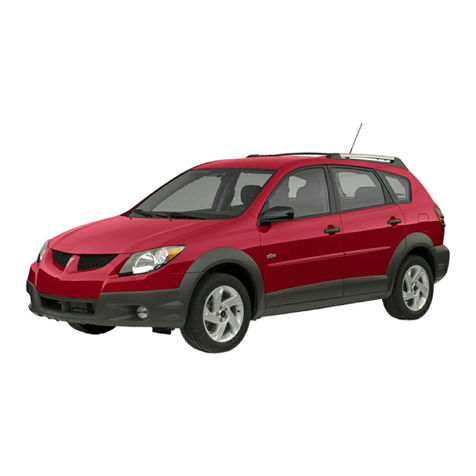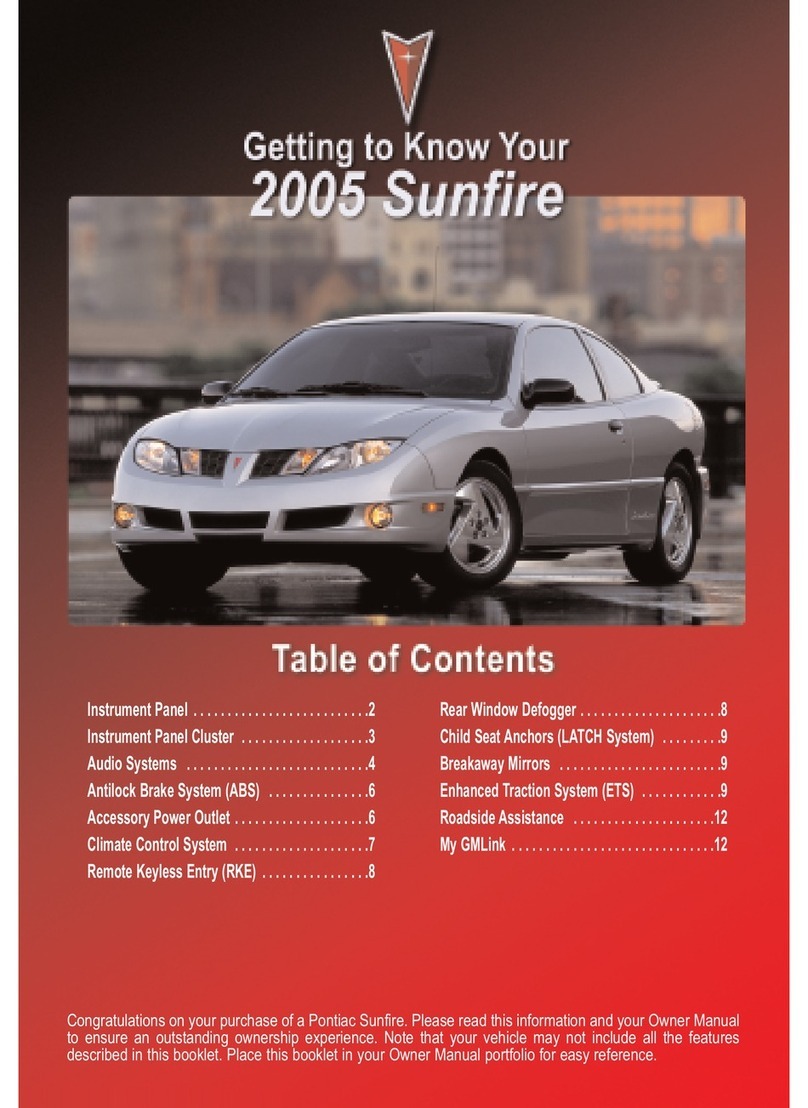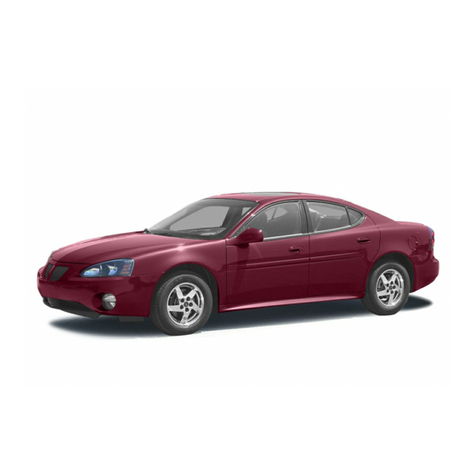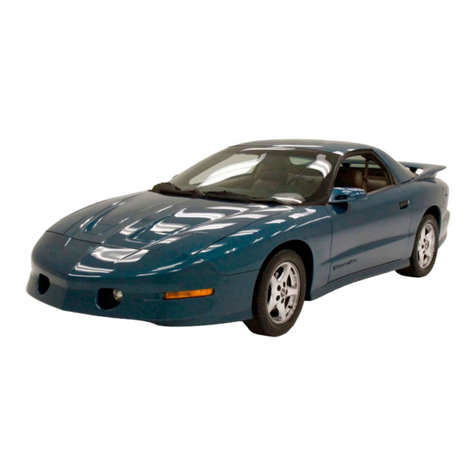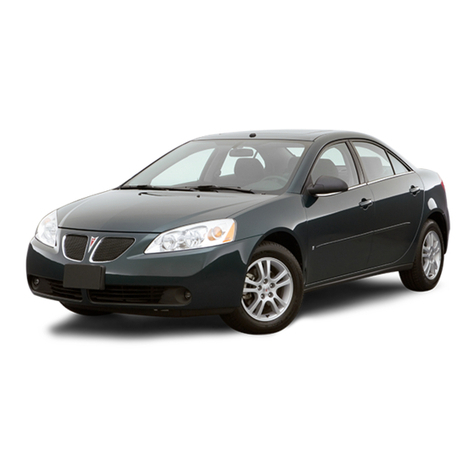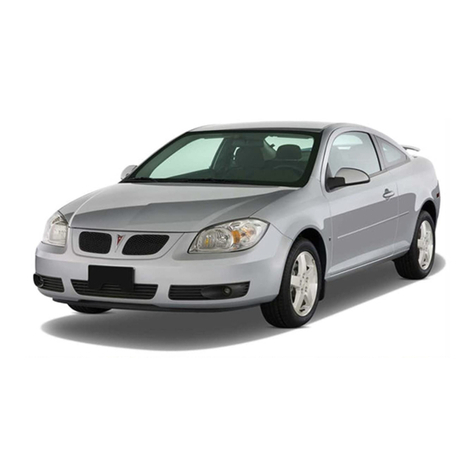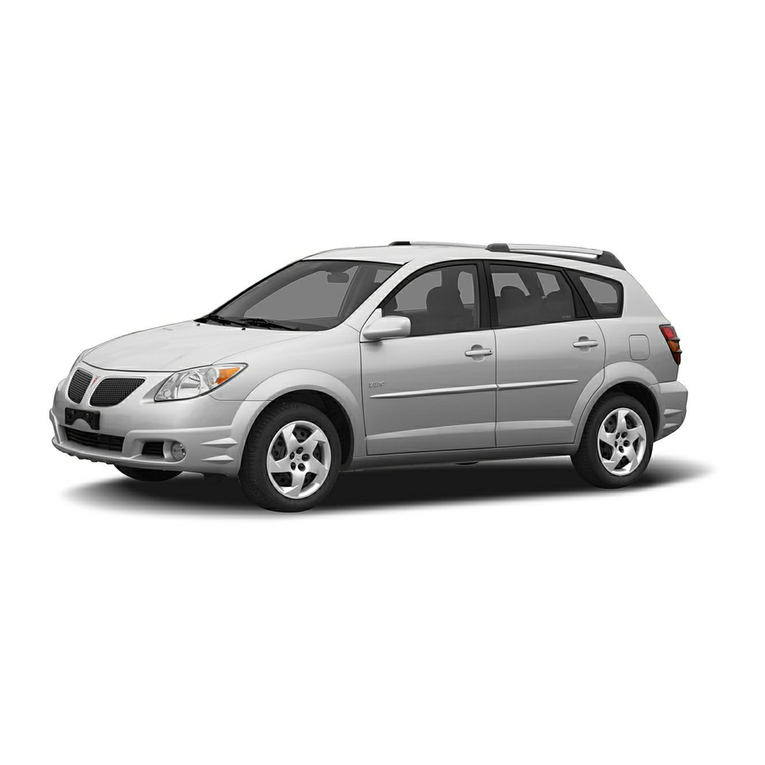v
The1996’PontiacFirebirdOwner’s
Manual
Seats
and
RestraintSystems
.............................................................
1-1
This
sectiontells you how to use your seats and safety belts properly.It also explains the
“SRS”
system.
This sectionexplainshow to start and operate your Pontiac.
This sectiontells you how to adjustthe ventilation and comfortcontrolsand how tooperate your
audio system.
FeaturesandControls
..................................................................
2-1
Comfort Controls and Audio Systems
.....................................................
3-1
....
YourDrivingandtheRoad
..............................................................
4-1
.....
Here
you’ll find helpful informationand tips about the road and how
to
drive under different conditions.
ProblemsontheRoad
..................................................................
5-1
This section tells you what to doif you havea problem whiledriving, such asa flat tire or
overheated engine, etc.
Here the manual tells you how to keep your Pontiacrunning properly and looking good.
.
This section tells you when toperform vehicle maintenance and whatfluids and lubricantsto use.
This section tells you howto contact Pontiac for assistanceand h’ow toget service and owner publications.
It
also gives you informationon “Reporting SafetyDefects”
on
page
8-9.
Here’s
an
alphabeticallisting of almost every subject in this manual.You can use
it
to quickly
find
something you
want
to read.
Service and Appearance Care
..............................................................
6-1
Maintenanceschedule
...................................................................
7-1
CustomerAssistanceInformation
........................................................
8-1
Index
................................................................................
9-1
i
